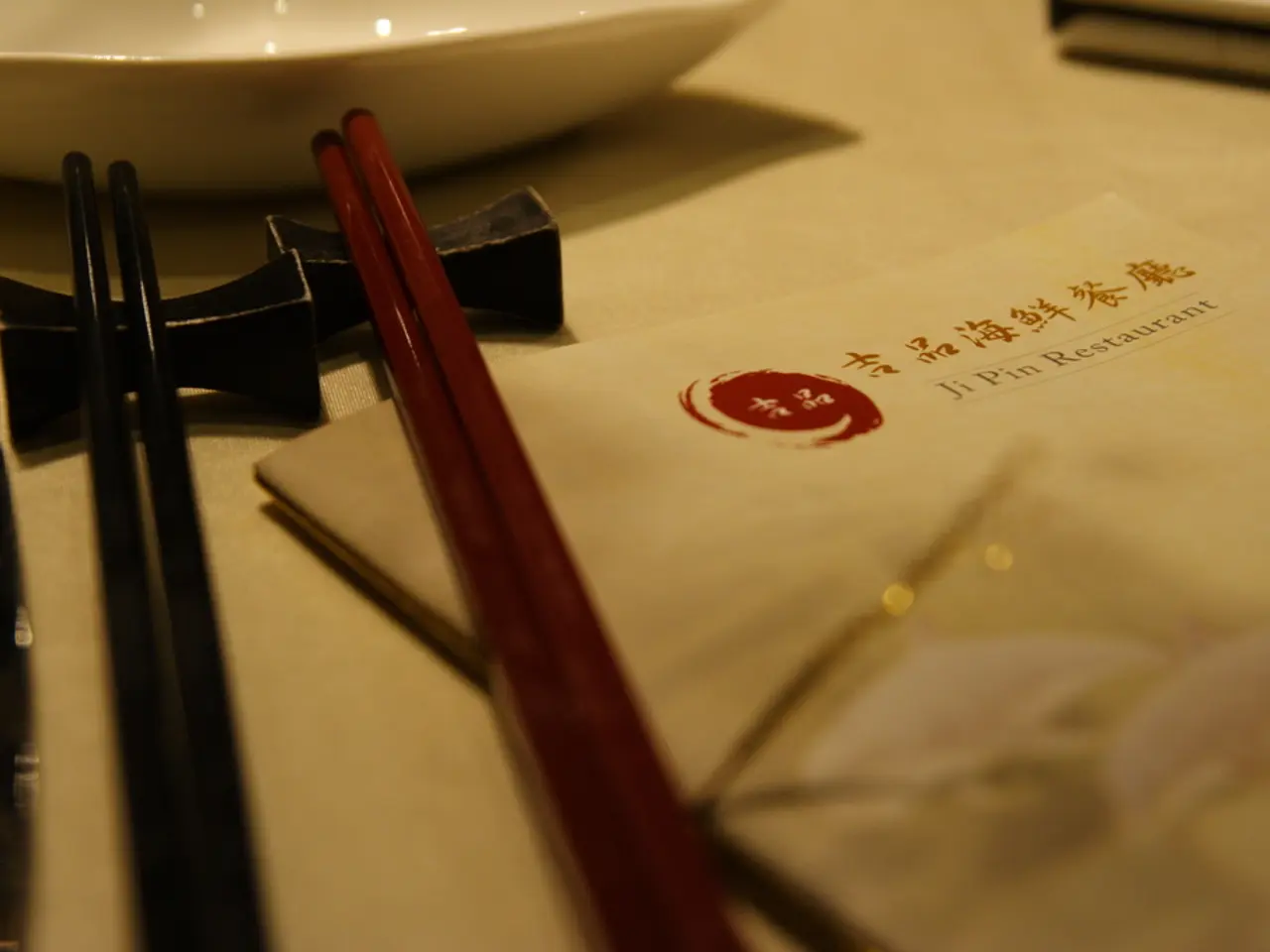Dining Destination: Experience Kazakhstan's verdant national park through this eatery
Discovering the Heart of the Altay: Katon Karagay and the "Gate of Katon" Restaurant
Nestled in the heart of the Altay mountain range, where the borders of Kazakhstan, Russia, and China meet, lies Katon Karagay National Park. This pristine and picturesque national park is a haven for nature lovers, historians, and adventurers alike. Before embarking on this remote journey, many travelers find themselves at the "Gate of Katon," a restaurant named Kurt & Wine located in Ust Kamenogorsk (or Oskemen), the closest city to Katon Karagay with an airport.
The "Gate of Katon" serves as a crucial touristic information center and cultural hub for visitors to Katon Karagay National Park. The restaurant's unique role has made it a well-known cultural spot for tourists, combining local hospitality with facilitating access to one of Kazakhstan’s greenest and most tranquil natural preserves.
The restaurant, also known as the "base camp," offers more than just a meal. It functions as an essential base camp where visitors can gather information, rest, and plan their long journey ahead. The restaurant's owner, Mukhtar Toybazarov, describes it as a touristic information center more than a restaurant.
The interior of the "Gate of Katon" is adorned with artefacts from the region and traditional Kazakh motifs, creating an atmosphere that transports visitors back in time. The restaurant's main table is designed as a map of Katon Karagay, with lines representing rivers and inscriptions providing information about the park's geography and history.
The rivers Irtysh and Katun, originating from glaciers in Mongolia and Russia respectively, flow into each other and eventually lead to the Arctic Ocean. The restaurant's food is a modern interpretation of traditional Kazakh dishes, with a focus on local ingredients such as kurt (hard, dehydrated yoghurt) and fresh bread.
One of the restaurant's most popular dishes is beshbarmak, a traditional Kazakh dish consisting of boiled horse meat served with noodles and onions, and lamb chops marinated and roasted for 11 hours. The restaurant's bread is freshly baked and served hot, with the tradition that the host gives a piece to all guests from his own hand.
The "Gate of Katon" also provides practical travel advice for travelers visiting Katon Karagay, including accommodation, sightseeing, and car rental information. In addition, the restaurant's Baursaks, a Central Asian doughnut, are sliced in half, dipped into milk cream, and laced with local caviar and herbs, making for a delicious and authentic culinary experience.
Recent archaeological excavations in Katon Karagay have discovered burial mounds from the 4th and 8th centuries BC, where people were buried in gold-adorned clothes. As the region becomes more accessible with the construction of a new international airport, set to open next year, there may be an increase in tourism to the region, potentially impacting the serenity and ecology of the national park.
Mukhtar Toybazarov, a historian and mountaineer, shares information about the park's geography, archaeological excavations, and the people who lived there, adding an educational and enriching layer to the visitor's experience. Whether you're an adventurer seeking to explore the untouched beauty of Katon Karagay or a history enthusiast eager to learn about the region's past, the "Gate of Katon" serves as the perfect starting point for your journey.
The "Gate of Katon" restaurant offers a unique blend of traditional Kazakh food-and-drink and touristic information, making it an essential lifestyle stop for those embarking on a journey to Katon Karagay National Park. This restaurant, which functions as a cultural hub and base camp, transports visitors back in time with its traditional Kazakh decor and food offerings, including dishes like beshbarmak and baursaks.




